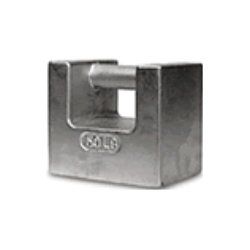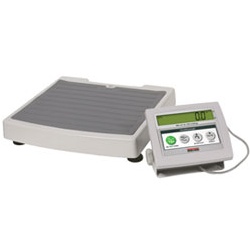Beginning January 1, 2020, Class F calibration weights will no longer be sold for legal metrology use. According to the newly updated NIST Handbook 105-1 (2019), new weights for use as field standards placed into service for weights and measures use after this date must comply with all of the requirements of NIST Handbook 105-1 (2019).
In order to update our Class F inventory to bring it more in line with ASTM and OIML tolerances, all Rice Lake NIST Class F weights will become ASTM Class 5 weights. Part numbers and pricing will remain the same, but the tolerance will be tighter.

Note that existing NIST Class F calibration weights in the field are grandfathered in and may continue to be used for legal metrology use, but they must meet NIST Handbook 105-1 (1990) requirements. Although the new revision does supersede the 1990 version, it makes clear that existing Class F weights may continue to be used.
While existing NIST Class F calibration weights may be reclassified to one of the new specifications if all specifications and tolerances fully comply with the alternative standard, the NIST Office of Weights and Measures strongly recommends that you do not reclassify existing Class F weights due to the difficulty of performing compliance evaluation.
This change is taking place to accommodate for the increasing accuracy of weighing devices used for legal metrology. Class F weights are no longer sufficient for the calibration, inspection, or sealing of weighing devices used for the jewelry, marijuana and pharmaceutical industries. Similarly, hydrogen for hydrogen vehicles is being sold by weight, which demands a high level of accuracy.
We are here to help guide customers to select the right calibration weight for each application; however, selection is ultimately based on the customer’s unique needs and requests.
Feel free to contact us with any questions about the NIST Class F legal metrology change in Handbook 105-1 or questions regarding where to buy calibration weights. Call (919) 776-7737

